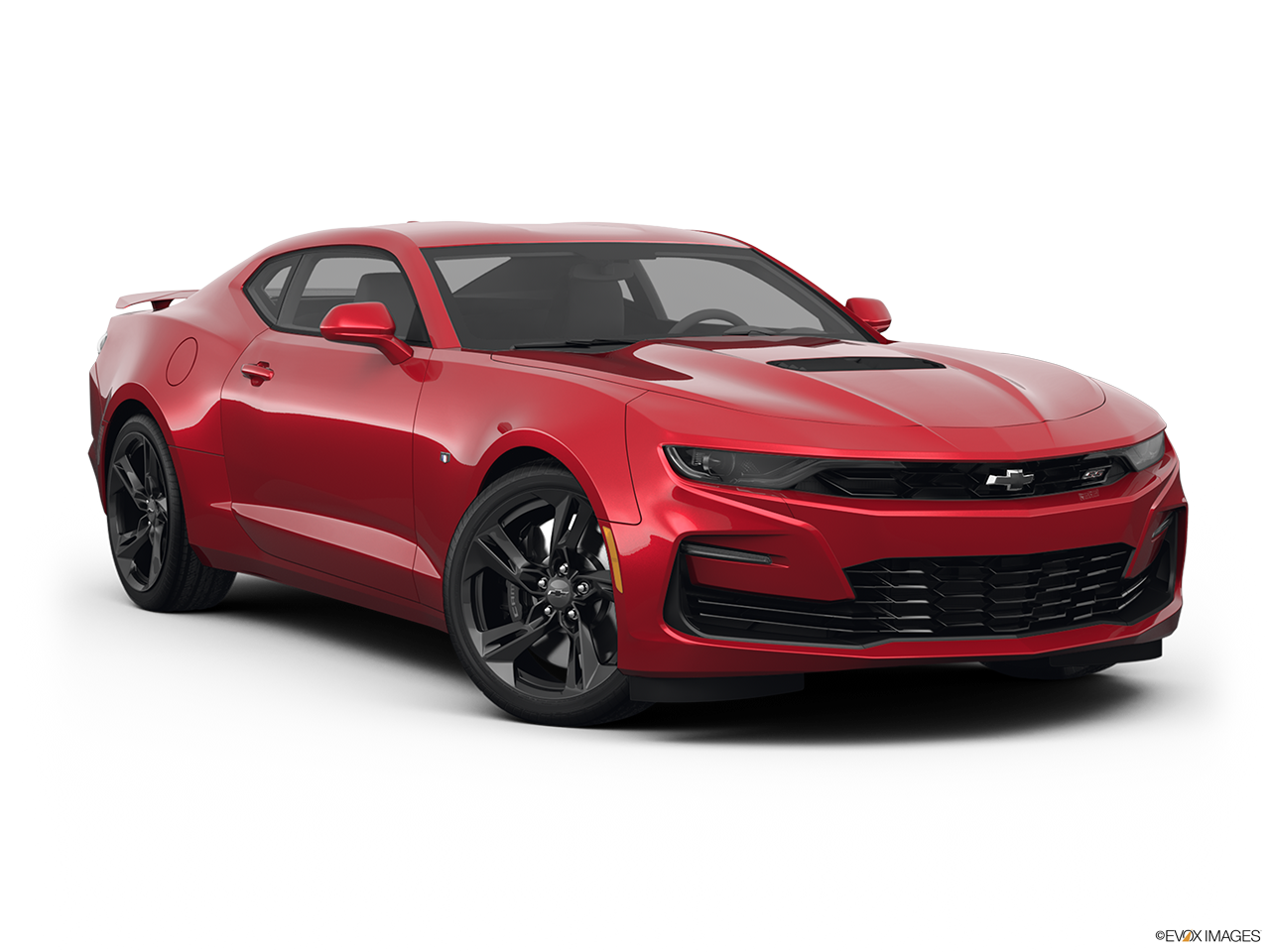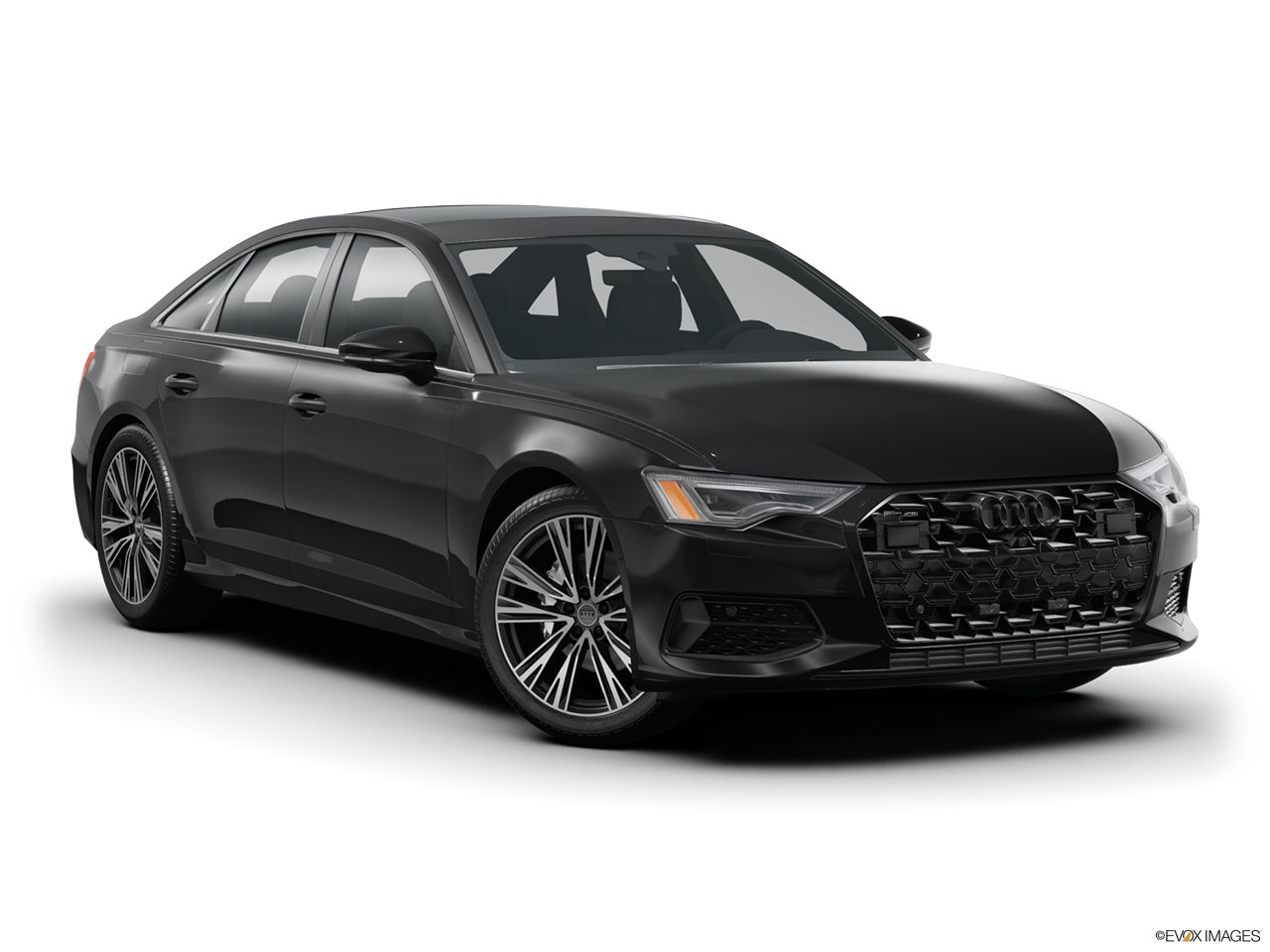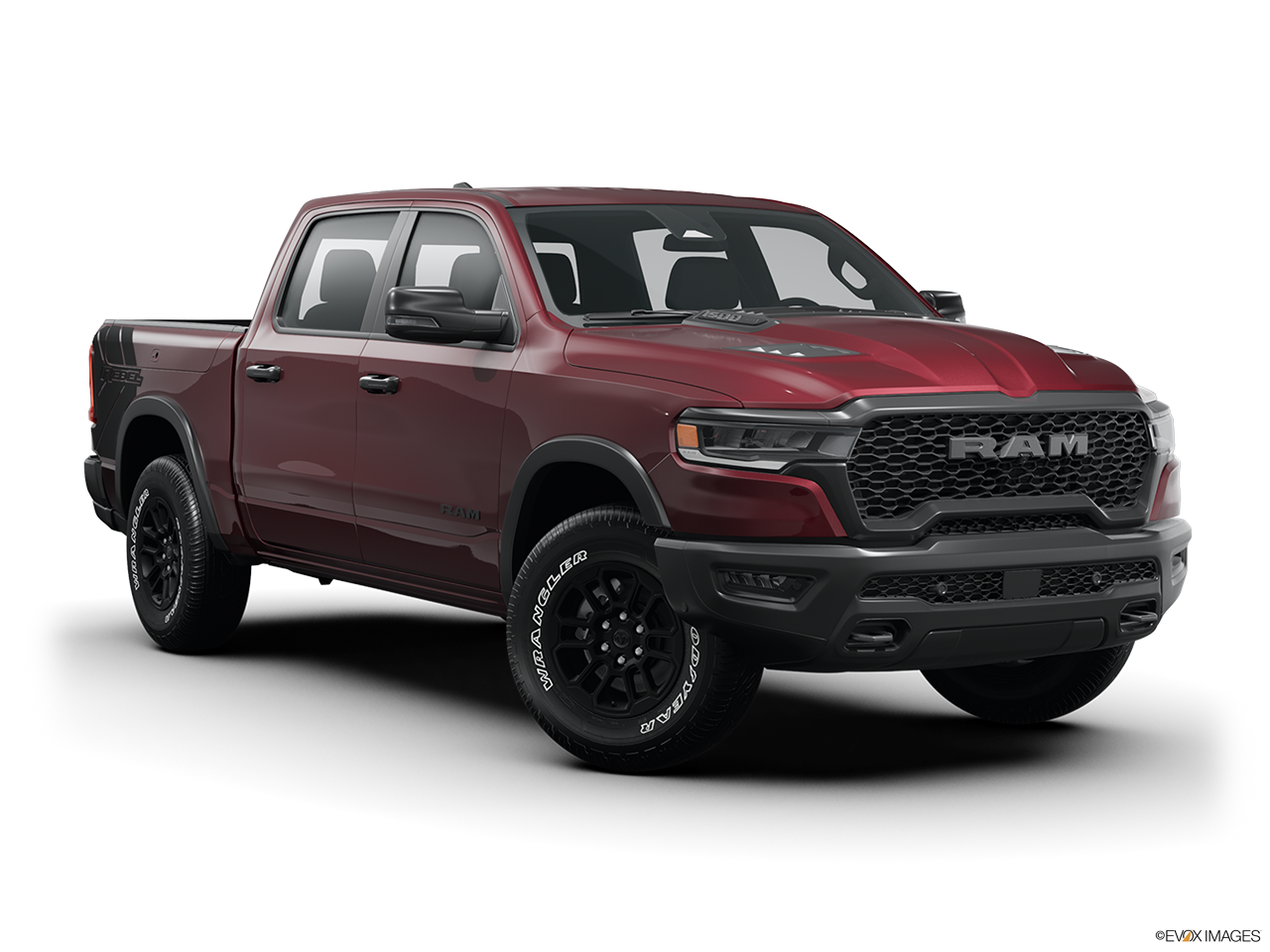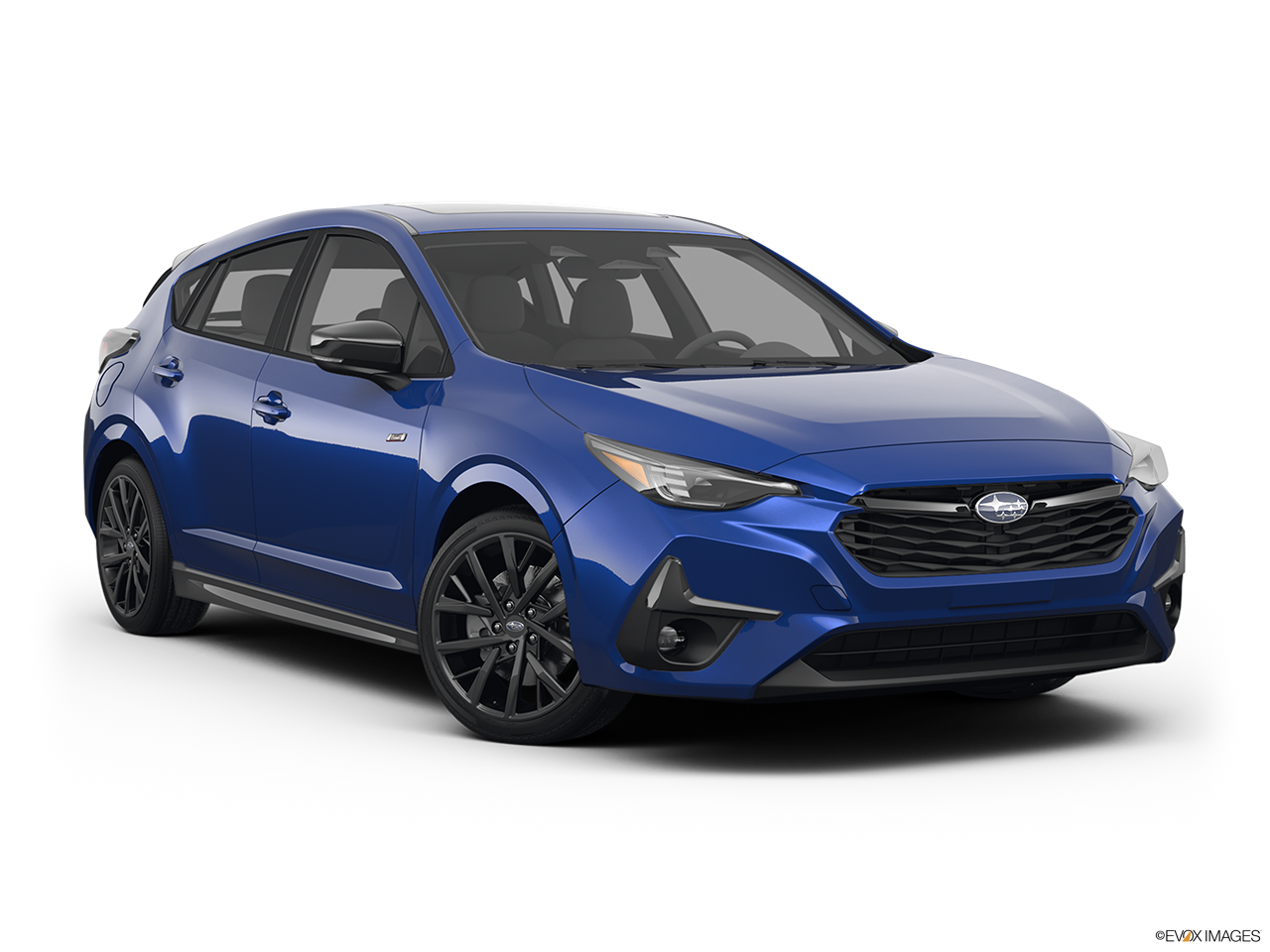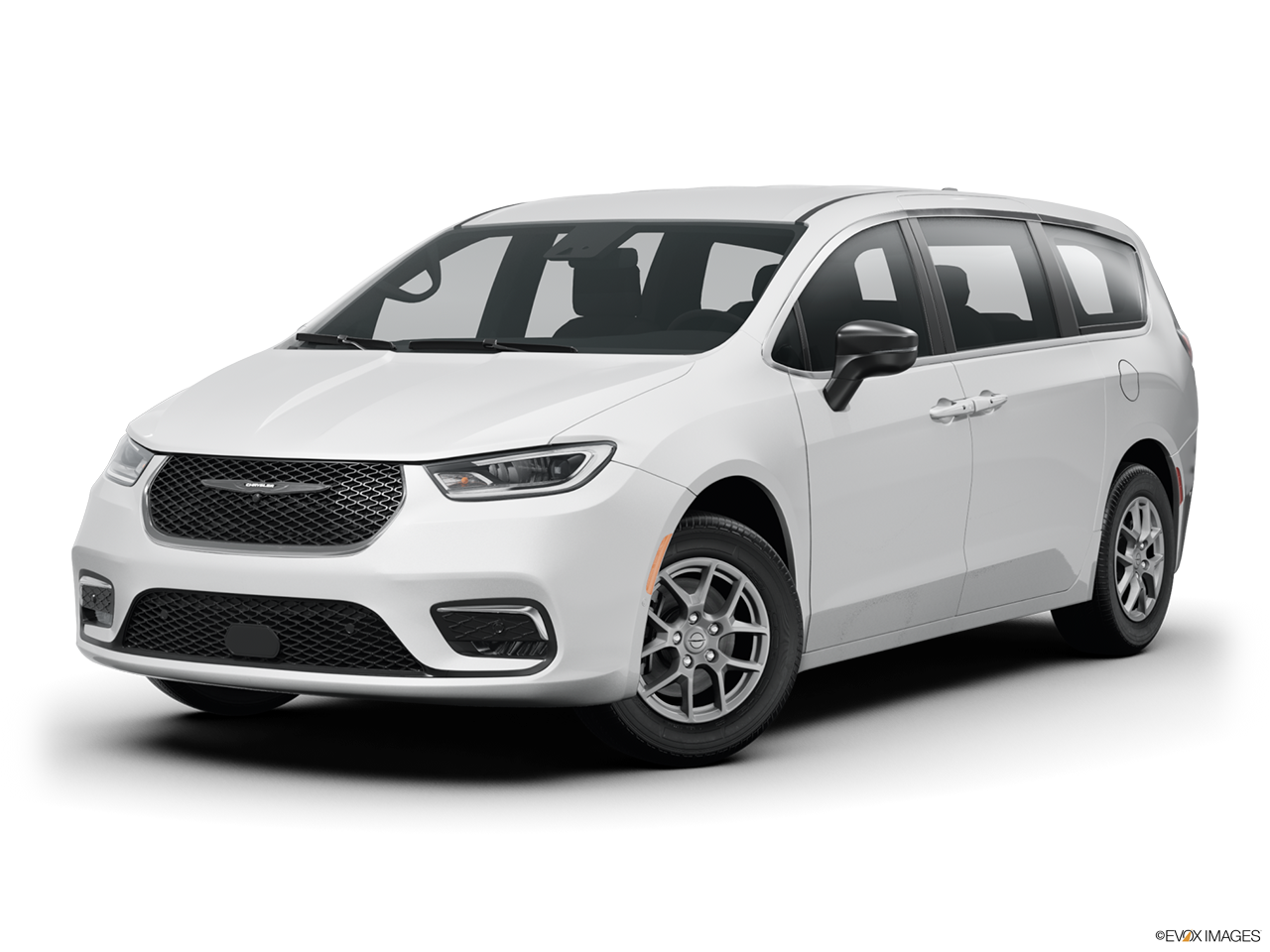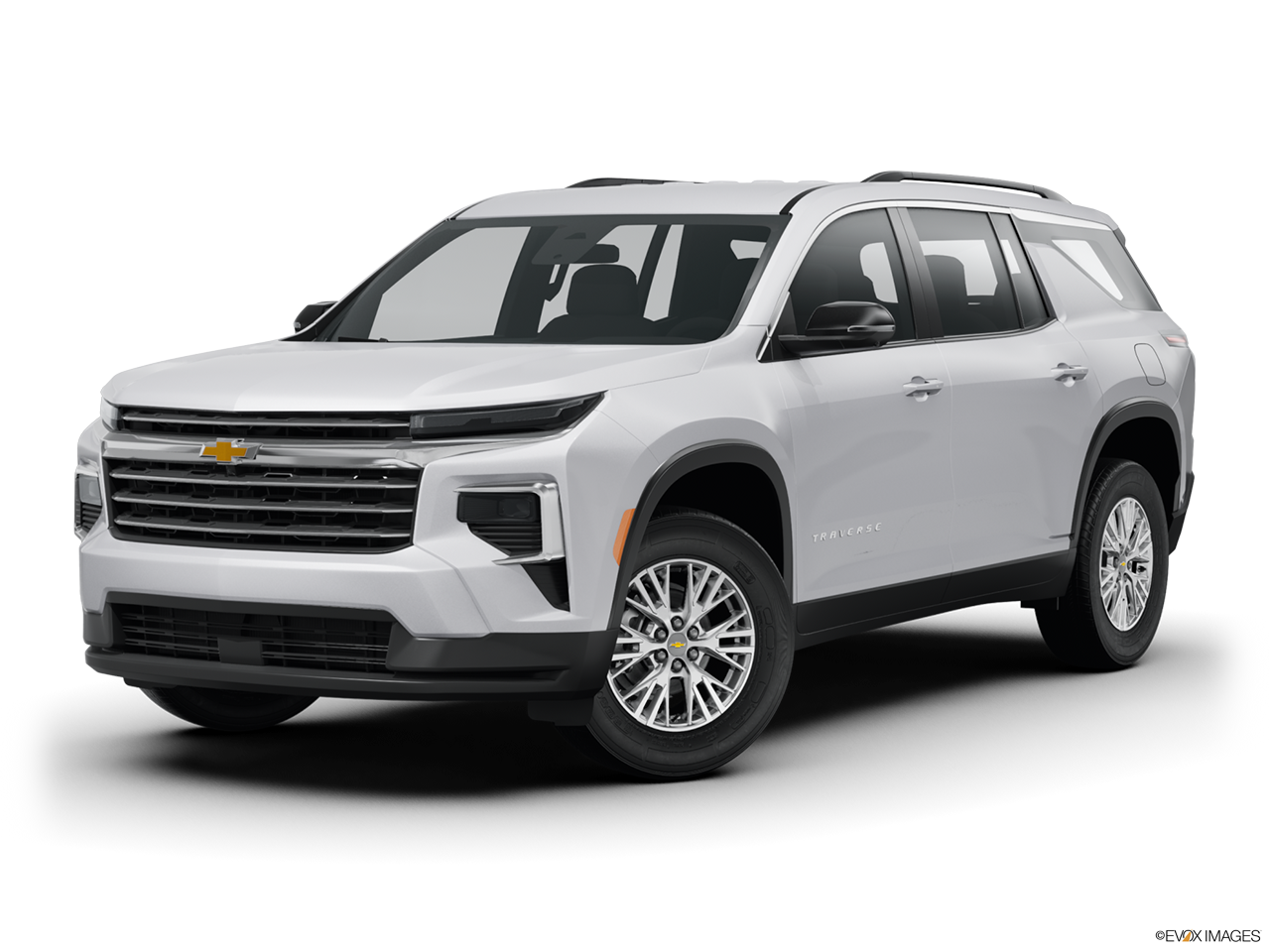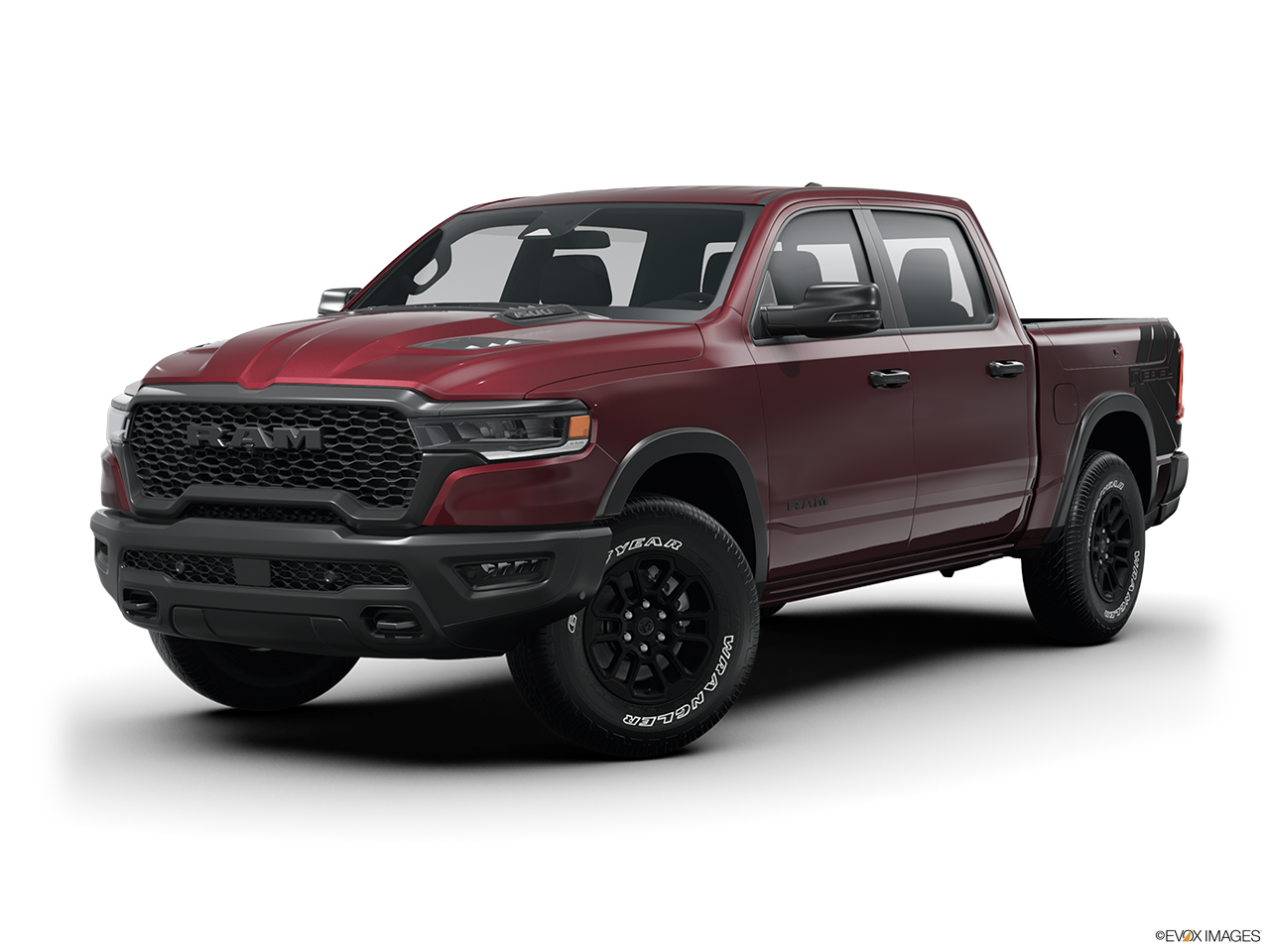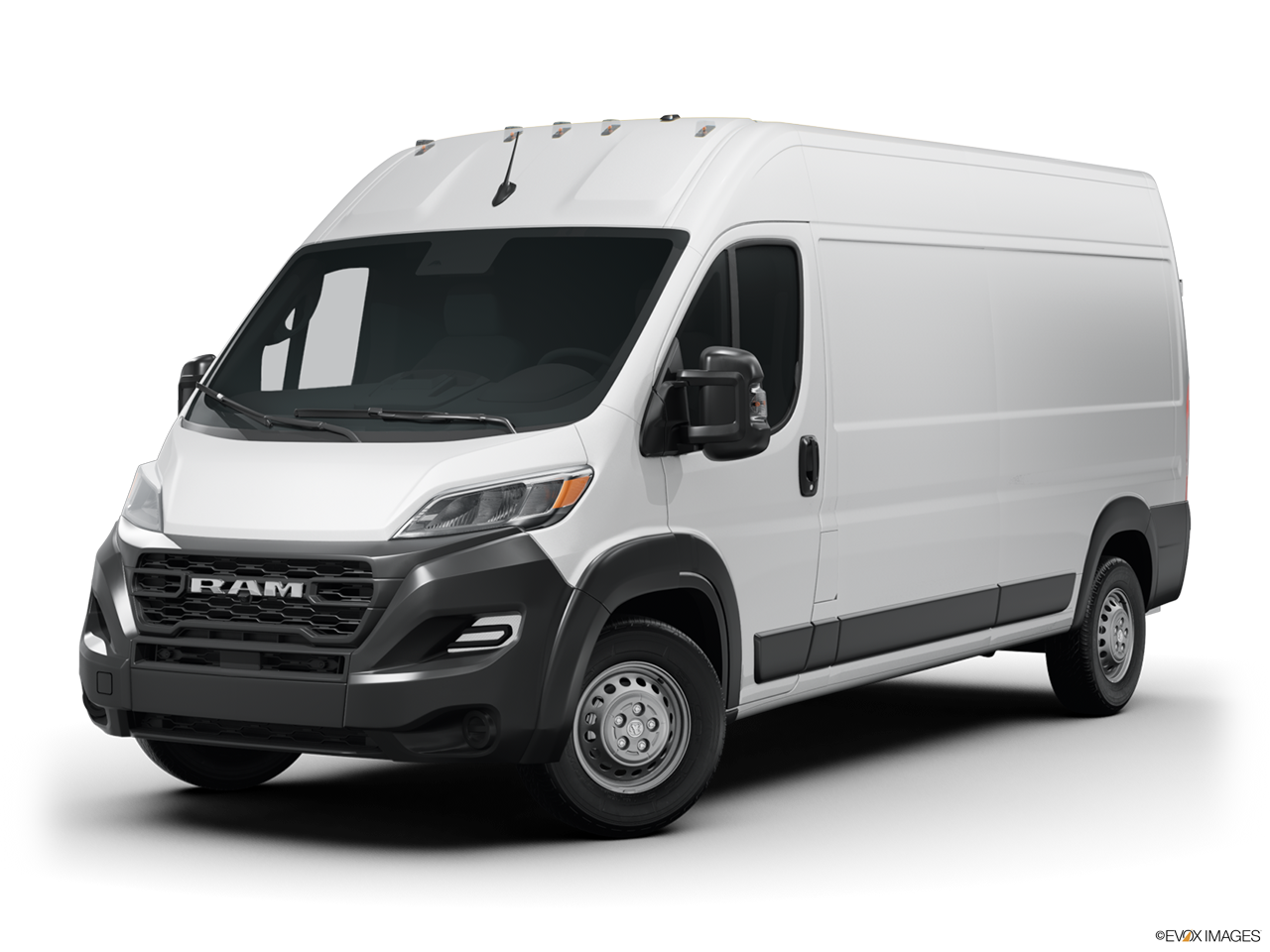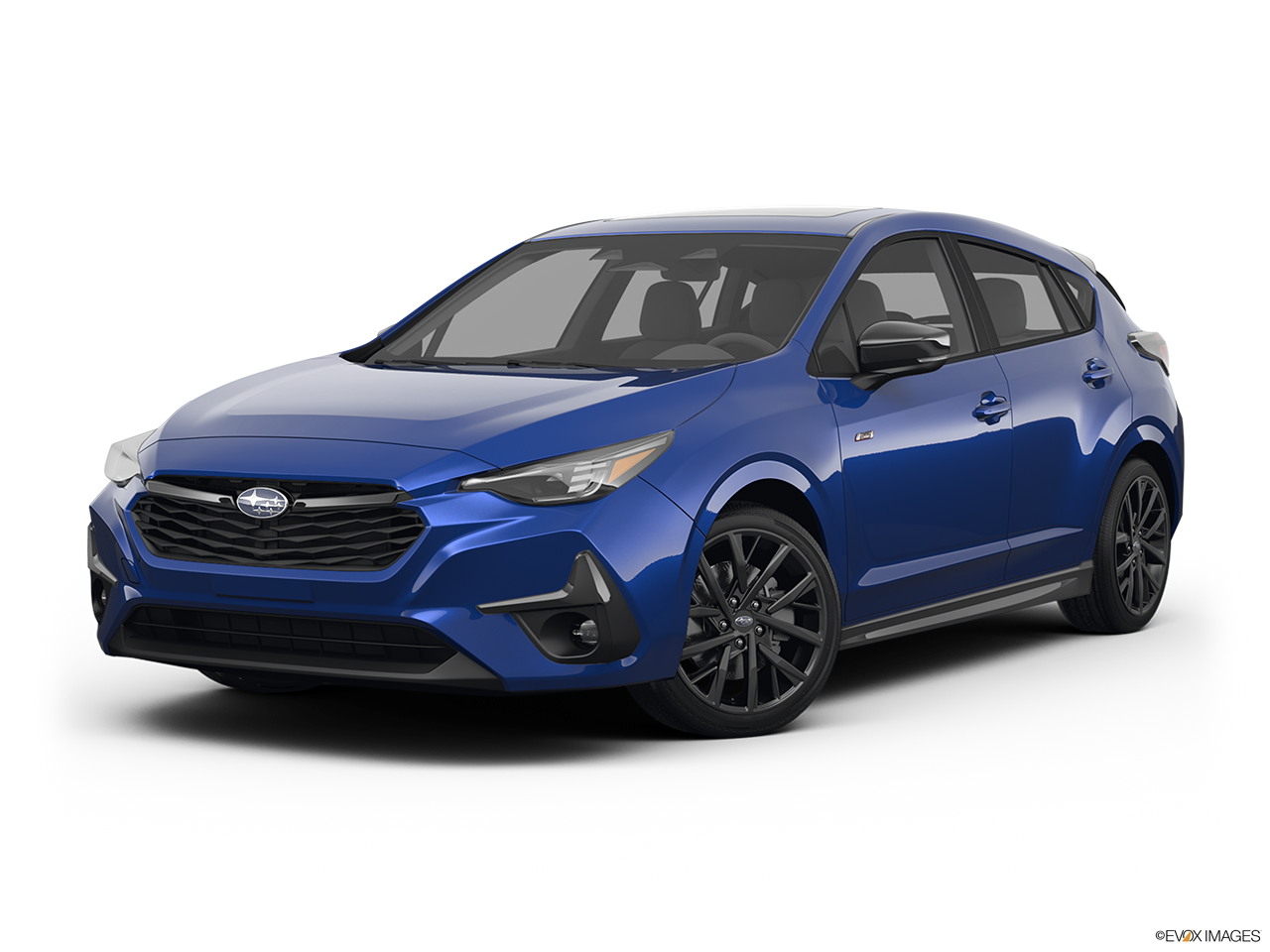2020 Honda Odyssey vs 2020 Toyota Sienna
By Jakob Hansen, 7/16/2020
The ultimate minivan face-off between the two Japanese powerhouses, Honda and Toyota.
Related Articles
- 2020 Toyota Avalon Hybrid Review
- Car Buyers Guide to Invoice Pricing and More
- Top 9 Cars That Hold Their Value
When searching for a people mover, the only features that matter are those that affect exactly that, moving people from point A to point B. Ground clearance, off-road drive modes, and other random features aren’t what you need. What you need is a good ol’ fashioned minivan, sliding doors and all. What you need is the 2020 Honda Odyssey vs 2020 Toyota Sienna.
Vans are far superior to SUVs. That’s just a plain fact. SUVs may look slightly better (even that's arguable), but nothing does the job of moving around people done better than a good old fashioned van. SUVs have been trying to match the ingenuity and practicality of minivans, and have continuously failed.
The usefulness and practicality of minivans is unarguable. The low load floor, sliding rear doors, and massive cargo capacity makes it hard to beat the versatility of a conventional minivan.
But how do these vans compare to each other? The Honda Odyssey and Toyota Sienna have been around for many years by this point, and have more than proven themselves. Each van has its own individuality and strengths, so lets put these two to the test, and see how they compare. Honda Odyssey vs Toyota Sienna.
Features
One of the best parts of minivans is their features. Sliding doors and passenger volume aren’t all that vans have to offer, they have much more to make your life easier.
The Honda has some seriously cool features. The in-trunk HondaVAC® is a built-in vacuum with a removable, washable waste bin. Don’t worry about those dropped crackers anymore. The center row features the Magic Slide® system which allows for the captain's chairs to easily slide next to each other, creating an easy pathway to the third row. CabinWatch® and CabinTalk® also make it easy to keep track of what’s going on inside the cabin. A built in in-cabin camera and in-cabin microphone essentially turn you into a pilot of an airliner. Of course, there are power doors, a power tailgate, seating for up to 8, rear entertainment system, wireless charger, heated and ventilated seats, tri-zone climate control, and a hands-free power tailgate (simple kick of your foot under the bumper opens the tailgate). These are just some of the features the Odyssey is loaded with, and I had to cut that laundry list short because it was getting too long.
The Toyota is loaded with features as well. The Dual-View Entertainment Center provides rear seat passengers (AKA: kids) the ability to watch two separate shows at once. The Split and Stow 3rd Row® easily fold into the floor to provide extra rear cargo space. A very special feature that the Sienna offers over any other vehicle in its class, or out of its class, is the Auto Access Seat. This is a rotating and lowering seat for passengers that need help getting in and out of the vehicles, particularly those passengers that use a wheelchair. The seat is a great solution in lieu of getting a fully handicap ready vehicle. Dual power sliding doors and power liftgate, Driver Speak®, built in Wi-Fi, and an extremely useful Birds-Eye Camera are just a few of the other extras available in the Sienna.
One big difference that numbers can’t show is how well the features work. The Honda Odyssey entered its current generation in 2018, while the Toyota Sienna has been here since 2011, that’s an eternity in car years. What that means is that while they may both have similar features, the Honda’s simply work better. It is obvious that they weren’t developed the same year that Occupy Wall Street began. Yeah, it’s been that long. You were using your iPhone 4 back then. Imagine if that slow thing was sold as new today, that’s the equivalent of the Toyota Sienna’s interior features. The Sienna isn’t completely behind the Honda, but its age is definitely noticeable.
Safety
Being people movers, safety is clearly an important concern. That’s why both Toyota and Honda have taken great care in developing vehicles that surround their occupants in a bubble of safety.
Honda provided the Odyssey with a plethora of safety. Honda Sensing® is Honda’s intelligent safety suite that includes useful things such as a Collision Mitigation Braking System, Road Departure Mitigation System, Adaptive Cruise Control, and Lane Keeping Assist System. What’s more, the Honda Odyssey received Top Safety Pick by the IIHS, a prestigious and important award.
The Toyota Sienna comes with virtually a butt load of features to help keep you safe. First and foremost, is the availability of AWD. This is arguably not a safety feature, but it can help to keep the vehicle in positive contact with road much better than a FWD vehicle can, and for this, the Toyota gets points. Also, the Toyota is the only van with AWD available, more points awarded.
Other stand out safety features include standard Toyota Safety Sense™ P (TSS-P). This safety suite includes Pre-Collision System with Pedestrian Detection, Dynamic Radar Cruise Control, Lane Departure Alert with Steering Assist, and Automatic High Beams. Toyota also gave the Sienna eight standard airbags, ToyotaCare, Star Safety System, LATCH for all rear seats, and Blind Spot Monitor. Needless to say, the Sienna has got you and your passengers covered.
Price
So now we come down to the important part, the price. Both of these vans have fairly reasonable price tags, especially when looking at their entry levels. Once we start loading on some of those cool features, however, the prices start to creep into some unreasonable territories.
The Honda Odyssey starts life at a reasonable $30,090. Once you start to bump into the higher trim levels, you start to see the prices go up, eventually culminating to the Elite at $47,320. Not cheap for a fully loaded van. We say the best mix of features and price is right in the middle. The EX-L gives you plenty of features at only $37,960. If you really want to dip in for the cool stuff, the Touring trim level runs you a cool $44,960.
Toyota is fairly similarly priced. An entry-level Sienna will put you back $31,565, slightly higher than the Odyssey. It can run up to right at the same spot as Honda, however, around $47,980. Mid-range levels where we feel the best value can be found are for an XLE, at $37,715, or a Limited, starting at $44,460.
Overall, these two vans are neatly identically priced, which makes a lot of sense overall since they are so intensely competitive with each other.
For more information on new car pricing, visit our Car Buyers Guide to Invoice Pricing and More.
Closing
In our eyes, these are two spectacular vehicles. The minivan gets a real bad wrap as being the soccer mom-mobile, but guess what, a lot of us are soccer moms! And we need these kinds of vehicles!. Not to mention, vans have gotten a whole lot cooler than they used to be.
Between these two “mom-mobiles”, we have a hell of a time deciding which we’d go with. Both have unrelenting reliability, tons of features, outstanding safety standards, and fairly reasonable price tags. We love the Toyota’s tested and true reliability, but Honda’s laundry list of features are hard to ignore.
Ultimately, between the two, I would go with a mid-level Honda. The updated platform rides much quieter and smoother than the Toyota. Plus, I have to say, I’m a sucker for cool stuff, and a vacuum would be pretty helpful with clumsiness.

